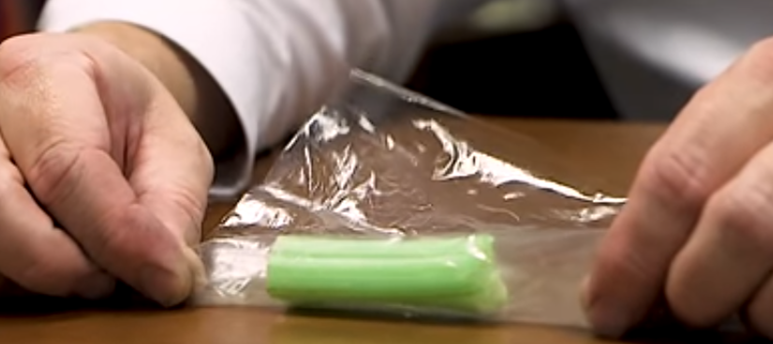
The new material, which is described July 23 in the journal ACS Sustainable Chemistry and Engineering, is made by spraying multiple layers of chitin from crab shells and cellulose from trees to form a flexible film similar to plastic packaging film.
“Our material showed up to a 67 percent reduction in oxygen permeability over some forms of PET, which means it could in theory keep foods fresher longer.” said J. Carson Meredith, a professor in Georgia Tech’s School of Chemical and Biomolecular Engineering
The team devised a method to create a film by suspending cellulose and chitin nanofibers in water and spraying them onto a surface in alternating layers. Once fully dried, the material is flexible, strong, transparent and compostable.
“We recognized that chitin nanofibers are positively charged, and the cellulose nanocrystals are negatively charged, they might work well as alternating layers in coatings because they would form a nice interface between them,” Meredith said.
“It’s difficult for a gas molecule to penetrate a solid crystal, because it has to disrupt the crystal structure,” Meredith said.
Environmentalists have long looked for renewable ways to replace petroleum-based materials in consumer products. With the amount of cellulose already produced and a ready supply of chitin-rich byproducts left over from the shellfish food industry, there’s likely more than enough material available to make the new films a viable flexible-packaging alternative, Meredith said.
Still, there’s more work to be done. To make the new material eventually competitive with flexible packaging film on cost, a manufacturing process that maximizes economy of scale will need to be developed. Additionally, while industrial processes to mass produce cellulose are mature, methods to produce chitin are still in their infancy, Meredith said. And, more research is also needed to improve the material’s ability to block water vapor.






